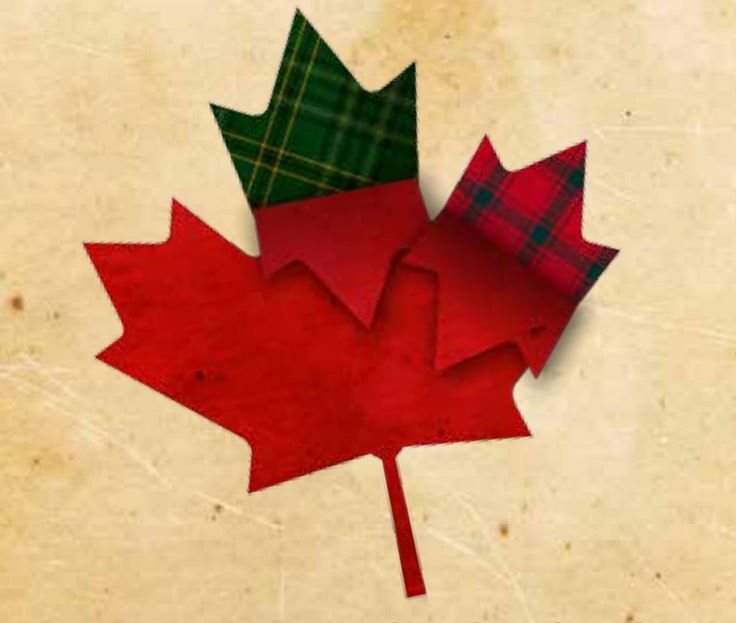Haven’t we forgotten the French? In Celtic Lightning?
The question is fair enough. In writing Celtic Lightning, and exploring the origins of Canadian nationhood, did I neglect a crucial element? Given that I am one-quarter Quebecois, with pur laine roots stretching back to the early 1600s, I could hardly forget Canada’s French Fact. But I also view myself as a realist. And I can no longer cling to the cozy old narrative of how Canadian
nationhood arises out of a French-English
rapprochement. Yes, I refer to the Confederation Story, which highlights the political alliance between
John A. Macdonald and George-Etienne Cartier.
Few people appear to have noticed, but that narrative is dead. It ended with a whimper on Nov. 27,
2006. That was the date when, under Stephen Harper, the Canadian House of
Commons passed a resolution recognizing that “the Quebecois form a nation
within a United Canada.” Basically, one
partner has withdrawn from the rapprochement. We have gone through a divorce. What? Are we supposed to keep telling the same old story of a
happy marriage?
If the Quebecois
constitute a distinct nation, what happens to the rest of us? What happens to the idea of Canadian nationhood? We
find ourselves driven to engage, yet once more, with that perpetual Canadian question: Who do we think we
are? One answer, currently fashionable, is that we should embrace
our identity as a Metis nation. Alongside that
idea, Celtic Lightning presents a numbers-based
alternative. It suggests that we recognize our Scottish and Irish
heritage as seminal.
Celtic Lightning emerges out of the
view that Canada is postmodern: one state, multiple identities. It also recognizes that of those
29 million Canadians who do not identify as Quebecois, almost one-third claim Scottish
or Irish ancestry. By celebrating “Celtic” heroes and heroines as having played a crucial role in establishing this country’s bedrock values, the book recognizes a forgotten dimension of Canadian nationhood.
